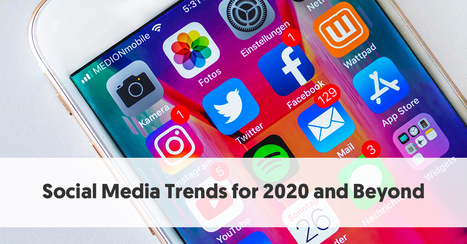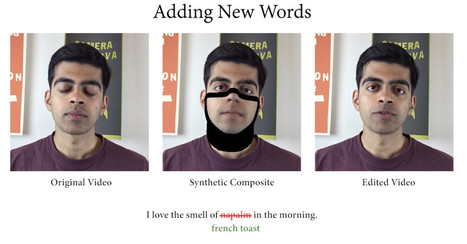"Today, everyone is discussing the most recent trends in the field of Artificial Intelligence (AI). All through the year, you’ve watched an exponential up-thrust in apps, platforms, and tools for machine learning and artificial intelligence."
Follow, research and publish the best content
Get Started for FREE
Sign up with Facebook Sign up with X
I don't have a Facebook or a X account
Already have an account: Login
This is an online magazine by Bovee & Thill, the leading authors in business communication, and the only authors who provide fully integrated coverage of Business Communication 2.0 in each of their business communication textbooks, published by Pearson. For more information about Bovee & Thill's texts and the exclusive, superior coverage they give to Business Communication 2.0: Social Media and Digital Communication, visit http://blog.businesscommunicationnetwork.com. For instructor examination copies, go to http://blog.businesscommunicationnetwork.com/texts. To find your local Pearson sales representative, visit http://www.pearsonhighered.com/educator. To contact the authors, use this form: https://businesscommunicationnetwork.com/contact-us/. To get a free Comprehensive Guide to Business Communication Instructional Resources, visit http://blog.businesscommunicationnetwork.com/resources. Subscribe to a free weekly newsletter of new posts to all 11 of Bovee & Thill's Online Magazines: http://sco.lt/8kgeVV.
 Your new post is loading... Your new post is loading...
 Your new post is loading... Your new post is loading...
No comment yet.
Sign up to comment
|

Timoteo Guzman's curator insight,
May 24, 2024 3:07 PM
Artificial intelligence is revolutionizing social media by managing massive amounts of user-generated data to provide actionable insights. Social media platforms like Facebook, LinkedIn, and Twitter are already using AI to improve user engagement, content moderation, and job matching. The future of social media will increasingly rely on AI to drive innovation and efficiency.
|


































